Nerve Restore is an innovative formulation designed to assist people with nerve signal related issues. In people with chronic impingement or nerve injuries such as disc related sciatica, Nerve Restore may help alleviate discomfort, weakness, and muscular atrophy. This formula also helps to enhance nerve amplitude and signal velocity which should result in increased strength and quicker reflexes.
Oftentimes, nerve injuries take a massive toll on us mentally and physically. We watch, helpless, as our hard-earned size and strength gains falter and fade away. After many months of research, Evolutionary Muse offers a potential solution. While your physician or therapist should guide you along the road to recovery, and your trainer can advise you how to best prevent future injuries, EvoMuse has brought to you a product that will jumpstart the processes of recovery to help restore and optimize nerve function.
Nerve Restore ingredient: 4-Methylcatechol (4-MC)
Where does it come from?
Catechol is a natural compound found in various fruits and vegetables. 4-methylcatechol is a specific, bioavailable and well-researched form of catechol that provides some potent physiological effects. It’s pretty much a super-nutrient for nerves, and a major player in the efficacy of Nerve Restore.
What does it do?
4-MC is widely recognized in research as a potent NGF stimulator. Research in this area tends to give animal models nerve disorders, then treat them with a given compound and see what happens vs. controls. Here’s some highlights from the data on 4-MC.Thermosensitivity is basically the sensory perception of temperature changes, which is often damaged in nerve dysfunction. 4-MC has been shown to promote reinnervation and normalization of thermosensitivity in neuropathy.
Diabetes often leads to neuropathy, which causes a significant reduction in MNCV, as well as the NGF content of nerves. Several studies have found a huge benefit and reversal of these symptoms with 4-MC administration. One study showed in increase in NGF of 140% over controls, multiple other studies have confirmed the de novo NGF synthesis capability of 4-MC while also demonstrating its ability to significantly increase myelination and nerve blood flow.
Several studies have given animal models a nerve toxin known as acrylamide monomer (ACR), and examined the potential protective effect of 4-MC. They found similar results as the previously mentioned studies, 4-MC was able to increase MNCV, NGF, and myelination, and researchers noted that it can “accelerate the recovery process clinically, electrophysiologically, biochemically and neuropathologically” .
Also noteworthy, 4-MC has been shown to promote regeneration of even unmyelinated nerves as well as relieve chronic pain and depression-like behavior in nerve injuries by boosting BDNF.
Nerve Restore ingredient: Salidroside
Where does it come from?
Salidroside comes from the Rhodiola Rosea plant and is well known for its numerous health promoting properties.
What does it do?
Several studies have demonstrated salidroside’s neuroprotective ability. Due to this effect, researchers wondered if salidroside might be able to help recovery from sciatic nerve injuries, so they tested it out. In rats with sciatic nerve crush injuries, they looked at several factors, including nerve conduction speed and walking tests. The results showed that salidroside was indeed able to successfully regenerate nerve function.
Nerve Restore ingredient: Methylcobalamin
Where does it come from?
Methylcobalamin is simply the methyl form of Vitamin B12, a key vitamin involved with proper nerve function.
What does it do?
Another well-researched nutrient in the arena of nerve health, methylcobalamin is a no-brainer in this formula. It has been shown to do the following:
Correct nerve damage done from oxidative damage and impaired neural signaling of PKC.
Stimulate proteosynthesis in Schwann cells to facilitate neural regeneration.
Enhance recovery of myelination, muscle action potentials and motor end plate innervation.
Improve nerve regeneration and inhibit degeneration from neuronal damage such as crushed sciatic nerves.
Nerve Restore ingredient: Palmitoylethanolamide (PEA)
Where does it come from?
PEA (not to be confused with the other PEA, phenylethylamine) is a fatty acid amide (formed when a fatty acid combines with an amine). Most of its functions in the body involve the regulation of pain and inflammation.
What does it do?
By working through numerous angles to reduce pain and improve nerve signaling, PEA holds large promise. Quite a bit of published data has shown that PEA favorably modulates PPARa, PPARg, CB,TRPV1, TNFa, and the mast cells of the immune system to reduce pain, inflammation and discomfort in nerve injuries such as neuropathy, carpal tunnel syndrome and sciatic nerve crushes.
Nerve Restore ingredient: Chitooligosaccharide (COS)
Where does it come from?
COS is a combination of two different types of glucosamine derived from crustacean shells.
What does it do?
Several studies have shown COS to have a positive outcome on improvement of nerve dysfunction. One recent study looking at peripheral nerve crush injuries published in the Journal of Microsurgery found that COS significantly improved muscle action potentials, number of regenerated nerve fibers and thickness of myelin sheaths, and even an increase in muscle size of the tibialis posterior (one of the calf muscles).
Other studies have shown COS to promote nerve regeneration and differentiation, functional recovery, and nerve cell adhesion.
Nerve Restore ingredient: Achyranthes bidentata polypeptides (ABP)
Where does it come from?
ABP is a polypeptide derived from the achyranthes plant found in China, Japan, Nepal, and India, known for its anti-inflammatory properties.
What does it do?
ABP has been shown repeatedly in research to enhance nerve regeneration and function in sciatic and common peroneal nerve injuries.
Also of interest, ABP has central as well as peripheral nerve preservation and restoration effects, shown in the Journal of Neuroscience Research to counteract the effect of overstimulated NMDA receptors in the brain by reversing intracellular ROS and mitochondrial damage to the hippocampus.
Nerve Restore ingredient: Ginsenoside Rg1 (GRg1)
Where does it come from?
The Rg1 group of ginsenoside is a bioactive compound found primarily in the Chinese/Korean Ginesing plant, selected for its specific nerve regeneration properties. The ginsenosides are considered the active compounds in ginesing.
What does it do?
Recent research has shown GRg1 can successfully promote nerve regeneration after nerve injuries. After an oxidative insult from administered hydrogen peroxide, GRg1 increases SOD, CAT and GSH with a concurrent reduction in MDA. It has also been shown to increase expression of NGF and BDNF through the PKA pathway in Schwann cells.
Nerve Restore ingredient: Pyridoxal-5-Phosphate (P5P)
Where does it come from?
P5P is the active form of Vitamin B6 in the body, and is a crucial factor for a laundry list of functions in the body.
What does it do?
The most recent research has shown that P5P improves clinical symptoms in carpal tunnel syndrome (a nerve related disorder), which means it likely has farther reaching effects on nerve dysfunction throughout the body.
Nerve Restore ingredient: Dipsaci radix (water extract)
Where does it come from?
In Traditional Chinese Medicine (TCM), Dipsaci radix has been used to treat dysfunctions of the liver, kidney, tendons and bones. It comes from the plant Dipsacus asperoides.
What does it do?
After nerve injury, muscle atrophy tends to onset fairly quickly. Dipsaci helps improve muscle size and glycogen storage in tissues surrounding a nerve injury.
Nerve Restore ingredient: Radix Hedysari
Where does it come from?
Also from TCM, Radix Hedysari is an herbal preperation used for nerve regeneration.
What does it do?
Radix Hedysari has been shown to be effective at improving peripheral nerve regeneration, MNCV, nerve fiber and axon diameter, number of nerve fibers, and amplification ratio.
Nerve Restore ingredient: Lion’s Mane mushroom extract 4:1 (Hericium erinaceus)
Where does it come from?
Lion’s Mane Mushroom extract is an edible mushroom found in North America, Europe and Asia.
What does it do?
Lion’s Mane is considered a neurotrophic agent, as it has been shown in multiple studies to induce NGF synthesis. Two studies have also shown oral administration of Lion’s Mane to regenerate injured peroneal nerves in rats. Finally, it has been shown to directly regulate myelin genesis in vitro.
Nerve Restore ingredient: Earthworm extract (Dilong)
Where does it come from?
Exactly what it sounds like, this compound widely used in TCM is an extract from earthworms.
What does it do?
Two recent studies have demonstrated Earthworm Extract’s ability to increase nerve cell regeneration through Schwann cell activity, stimulating myelination.
What is the recommended dosage for Nerve Restore?
Take 3 capsules daily. On workout days, take 45-60 minutes before workout.
WARNING
Consult your physician before using this or any dietary supplement. Do not take if you are pregnant or breast feeding, elderly, chronically ill, have difficulty urinating due to prostate enlargement, or taking any prescription or over-the-counter medicine, including but not limited to antidepressants (such as MAO inhibitors), allergy medications, and medications for high blood pressure or other cardiovascular conditions. Discontinue use and contact your doctor if you experience dizziness, headache, nausea, or heart palpitations. KEEP OUT OF REACH OF CHILDREN.
These statements have not been evaluated by the Food and Drug Administration. This product is not intended to diagnose, treat, cure or prevent any disease.
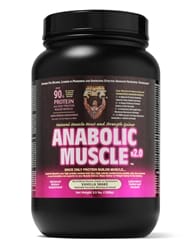
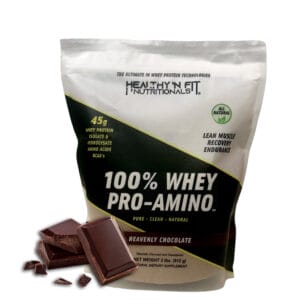
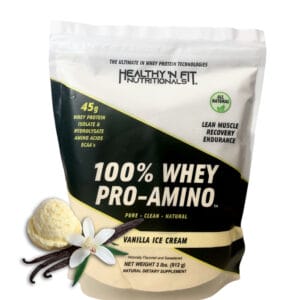
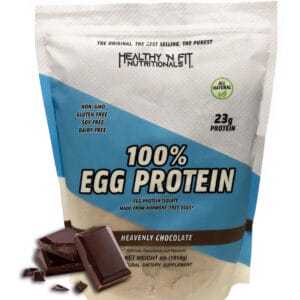
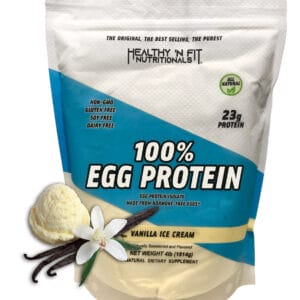
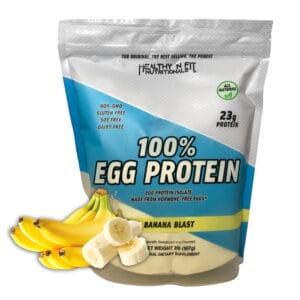
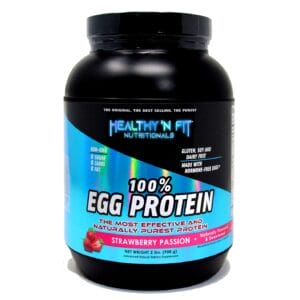
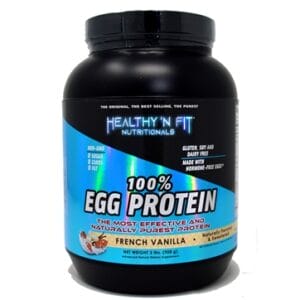
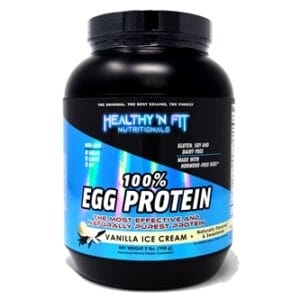
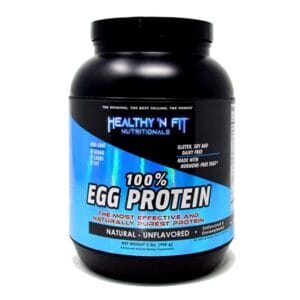
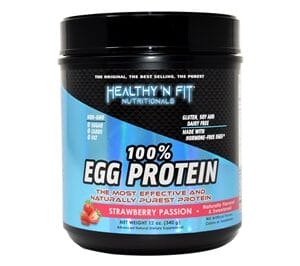
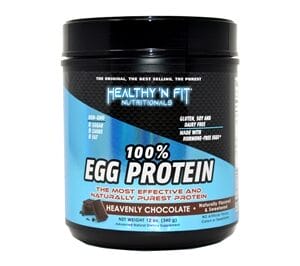
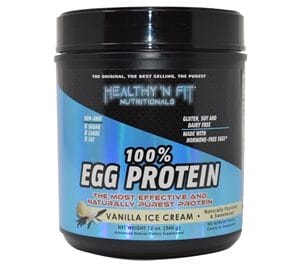
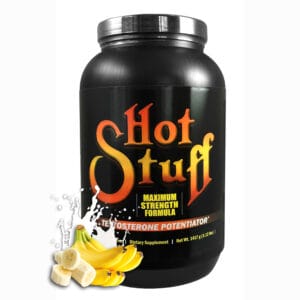
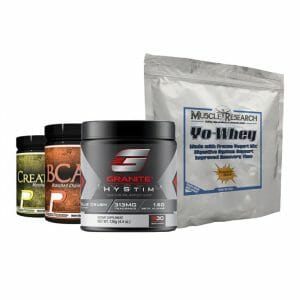
Reviews
There are no reviews yet